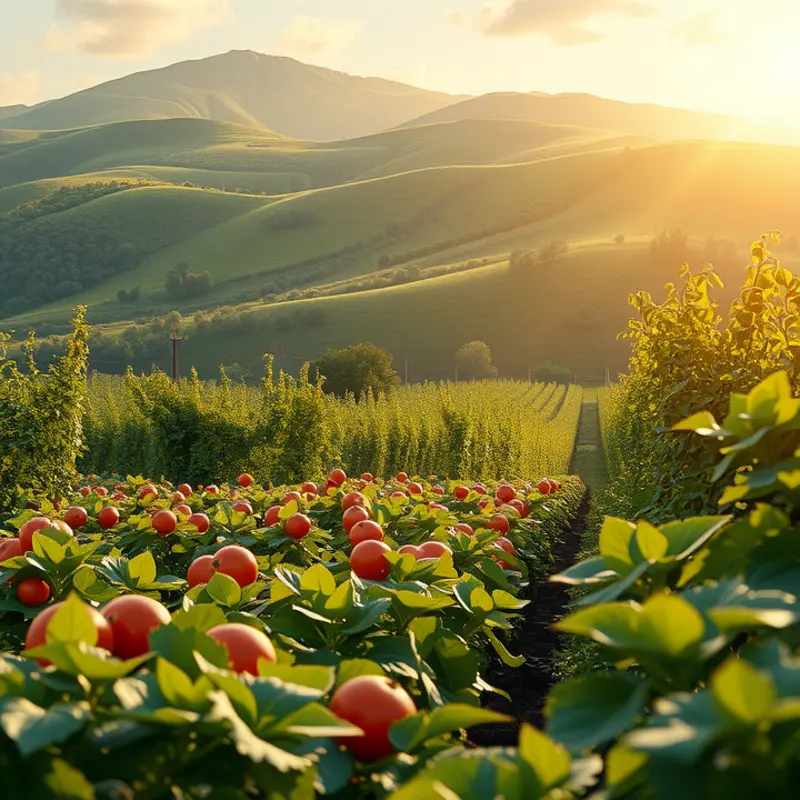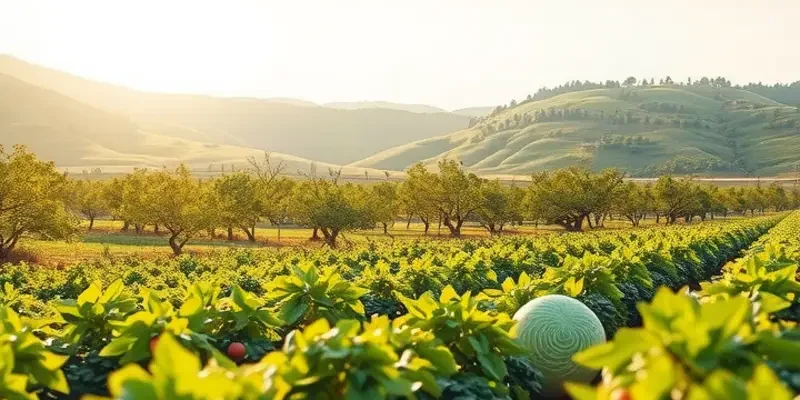Kitchen composting is a practical method that empowers you to reduce food waste while enriching your home garden. With simple strategies, you can turn kitchen scraps into nutrient-rich compost, promoting sustainability and better food management. This guide breaks down the essentials of kitchen composting, ensuring a user-friendly approach for anyone looking to minimize waste effectively.
Starting Your Composting Journey

Embarking on your composting journey begins with understanding the essentials of kitchen composting. Firstly, it’s crucial to know what materials are suitable for composting. Not all food scraps are compost friendly; stick to fruit and vegetable peels, coffee grounds, eggshells, and tea bags. Avoid dairy, meat, and oils, as these can attract pests and create odor issues.
Your compost system is the foundation of effective composting. Selecting the right one depends on your living situation and personal needs. If you’re short on space, a countertop compost bin might be the perfect start. These are small and practical, ideal for those living in apartments or with limited outdoor areas. For more space, consider a tumbler or a traditional pile. Tumblers are user-friendly, requiring less physical effort as they simplify the mixing process. Traditional piles, on the other hand, are perfect for larger backyards and offer a more hands-on composting experience.
Understanding the balance between nitrogen and carbon is key to maintaining a healthy compost. Think of nitrogen materials as “greens” and carbon materials as “browns.” Greens include vegetable scraps, fresh grass clippings, and coffee grounds. Browns consist of dried leaves, cardboard, and paper. Aim for a balance to create an efficient, odor-free compost. A general guideline is to use two parts brown to one part green. However, adjustments might be needed based on your environment and conditions.
Once your system is setup, maintenance is essential. Regularly aerate your compost by turning the pile or rotating the tumbler to introduce oxygen. This process speeds up decomposition and prevents foul odors. Also, ensure your compost is appropriately moist. A dry pile will halt the composting process, while an overly wet pile can lead to a slimy mess and unwanted smells. Your compost should feel like a damp sponge; add water if it’s dry or more browns if it’s too wet.
Embarking on a composting journey contributes positively to waste reduction and environmental sustainability. By effectively managing food scraps, you lessen the burden on landfills and transform waste into rich soil for your garden. For those looking to combine eco-friendly practices with practical kitchen habits, eco-smart kitchen storage also plays a role in minimizing waste and promoting sustainable living solutions.
With these insights, you’re well-equipped to start composting with confidence, bringing a little bit of the circle of life into your own home. It may seem daunting at first, but with patience and care, your composting practice will thrive, and so will your understanding of the intricate balance of natural cycles.
Compost Maintenance and Use

Maintaining a compost pile is essential to ensure efficient decomposition and avoid unwanted odors. To start, turning your compost pile is a pivotal step. Regular aeration allows oxygen to reach the microorganisms, speeding up the decomposition process. Aim to turn your compost every 1-2 weeks. Use a pitchfork or a compost aerator to mix the contents thoroughly, ensuring all materials get adequate air exposure.
Moisture is another critical factor in maintaining healthy compost. Your compost pile should feel like a damp sponge—not too dry, but not soggy either. If your compost is drying out, especially during hot weather, consider adding water while turning it. Conversely, if it’s overly wet, incorporate dry materials such as straw or shredded paper to absorb excess moisture.
Odor management is crucial in keeping your compost process pleasant. A well-maintained compost should have an earthy smell. If you notice foul odors, it may indicate an imbalance. Ammonia-like smells suggest excess nitrogen, commonly from too many greens like food scraps. In this case, add more carbon-rich browns such as leaves or cardboard. A rotten smell may signal inadequate aeration or too much moisture, both of which can be addressed by turning the pile and balancing moisture levels.
The time it takes for compost to mature varies. Typically, it can range from three months to two years. Factors affecting this include climate, the composition of materials, and maintenance frequency. Signs that your compost is ready include a dark, crumbly texture and an earthy scent. Unrecognizable original materials and the absence of heat in the pile are also indicators of maturity.
Once your compost is ready, it’s time to put it to use. Compost is highly beneficial for gardens, enhancing soil structure, moisture retention, and nutrient content. Spread a 1-2 inch layer across your garden beds and gently mix it into the top few inches of soil. This action promotes healthy plant growth, helping to suppress diseases and retain soil moisture.
Compost can also be used as potting mix. Sift your compost to remove larger particles, then mix it with sand and garden soil to create a robust potting medium. The nutrients will facilitate vigorous growth in potted plants.
Should you encounter challenges like an inactive pile or slow decomposition, reassess the balance of materials. Ensure there is an approximate 30-to-1 ratio of carbon to nitrogen. Too little nitrogen-rich material can stall the process, whereas too much can lead to odor issues.
For those interested in further enhancing their eco-friendly practices, consider exploring resources like eco-smart kitchen storage, which can complement your composting efforts by reducing food waste even before it reaches the compost bin. With consistent care and a little patience, your compost will become a valuable component of your gardening regimen, transforming kitchen waste into nourishing black gold.
Final words
Kitchen composting is an impactful way to reduce waste, elevate your food storage strategies, and nurture a sustainable lifestyle. By starting your composting journey with the right materials and practices, and maintaining your compost effectively, you can enrich both your garden and the planet. Remember, every small step counts towards reducing waste and enhancing food management at home. Embrace these composting techniques to not only create a healthier environment but also cultivate thriving plant life.







